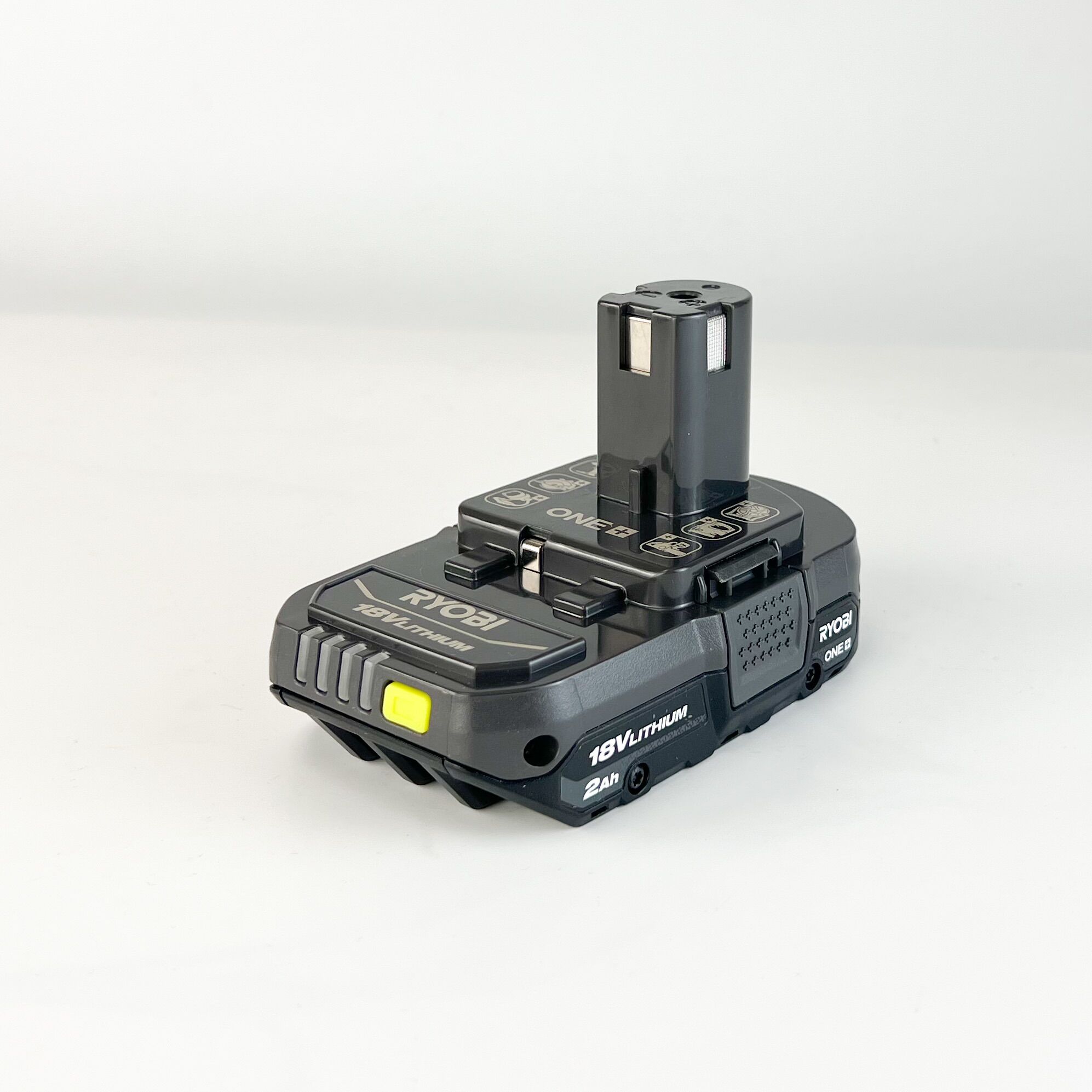

Articles
How To Fix Ryobi 18V Battery
Modified: May 6, 2024
Learn how to fix your Ryobi 18V battery with our detailed articles. Get step-by-step instructions and troubleshooting tips to get your battery working again.
(Many of the links in this article redirect to a specific reviewed product. Your purchase of these products through affiliate links helps to generate commission for Storables.com, at no extra cost. Learn more)
Introduction
Welcome to our guide on how to fix a Ryobi 18V battery. Ryobi is a well-known brand that produces a wide range of power tools, and their 18V battery is a critical component for their cordless power tools. However, like any battery, the Ryobi 18V battery can experience issues over time, such as decreased performance, inability to hold a charge, or even complete failure.
Instead of immediately rushing to buy a new battery, it’s worth exploring some troubleshooting and repair options to potentially fix the issue. In this article, we will take you through a step-by-step process to help you diagnose and fix common problems with your Ryobi 18V battery, saving you time and money.
Before we get started, it’s important to note that attempting any repairs or modifications on your Ryobi 18V battery requires caution and basic knowledge of batteries and electronics. If you’re unsure or uncomfortable with these tasks, it’s always best to seek professional assistance or contact the manufacturer for guidance.
Now let’s dive into the troubleshooting process to get your Ryobi 18V battery back to working condition!
Key Takeaways:
- Revive your Ryobi 18V battery by troubleshooting, cleaning terminals, testing voltage, and reconditioning. Save time and money with DIY fixes for optimal power tool performance.
- Maximize your Ryobi 18V battery’s lifespan with proper charging, maintenance, and cell replacement. Follow expert tips to ensure long-lasting, reliable power for your tools.
Read more: How To Fix Dead Ryobi 18V Battery
Step 1: Troubleshooting the Ryobi 18V Battery
When your Ryobi 18V battery is not working as expected, the first step is to troubleshoot the issue. This involves identifying the symptoms and possible causes of the problem.
Begin by examining the behavior of the battery. Is it not charging at all, or does it lose its charge quickly? Does the battery heat up excessively during use, or does it not provide enough power to the tool? Understanding these symptoms will help you narrow down the potential issues.
One common problem with Ryobi 18V batteries is a phenomenon called “voltage sag.” This occurs when the battery voltage drops significantly under load, compromising the power output. If you notice a decrease in performance or quick depletion of the battery, voltage sag could be the culprit.
Another issue to consider is the age and usage of the battery. Like any rechargeable battery, the capacity and overall performance of the Ryobi 18V battery can degrade over time, especially if it has been used extensively or not properly maintained.
Additionally, it’s essential to check the compatibility of the battery with your specific Ryobi power tool. Some tools may require a higher voltage battery, and using an 18V battery on such tools may result in inadequate power delivery.
Once you have identified the symptoms and possible causes, you can move on to the next steps to diagnose and fix the issue. In the following sections, we will guide you through the various steps to resolve common problems with Ryobi 18V batteries, ensuring optimal performance and longevity.
Step 2: Checking the Battery Terminals
One of the common issues with Ryobi 18V batteries is poor connectivity between the battery and the power tool. This can lead to a loss of power or an inability to charge the battery properly. In this step, we will guide you through the process of checking and cleaning the battery terminals.
Start by removing the battery from the power tool and inspecting the terminals. The terminals are the metal contacts on the battery that connect with the corresponding contacts in the tool.
Look for any dirt, debris, or corrosion on the terminals. Corrosion is a common problem, especially if the battery has been exposed to moisture or stored in unfavorable conditions.
To clean the terminals, you can use a soft cloth or a small brush. Gently wipe away any dirt or debris, ensuring that the terminals are clean and free from obstructions.
If you notice corrosion on the terminals, you can use a mixture of baking soda and water to clean them. Create a paste by mixing a small amount of baking soda with water, and then apply the paste to the terminals using a brush or cotton swab. Allow the paste to sit for a few minutes to loosen the corrosion, and then wipe it away with a cloth or brush.
After cleaning the terminals, inspect them for any signs of damage. Look for bent or misaligned terminals, as these can affect the proper connection between the battery and the tool. If you notice any issues, it may be necessary to replace the battery or seek professional assistance.
Once you have cleaned and inspected the terminals, reinsert the battery into the power tool, ensuring a secure fit. Test the battery to see if the connection issue has been resolved and if the power tool operates as expected.
Checking and cleaning the battery terminals should be done regularly to maintain optimal connectivity and performance. By taking this step, you can eliminate one potential cause of battery issues and improve the overall function of your Ryobi 18V battery.
Step 3: Cleaning the Battery Contacts
In addition to checking and cleaning the battery terminals, it is also crucial to clean the battery contacts on both the battery and the power tool. The battery contacts are the points of contact where the battery and the tool connect, allowing for the transfer of power.
Over time, dirt, dust, and debris can accumulate on these contacts, leading to poor conductivity and hindering the performance of the battery. Cleaning the battery contacts will remove any build-up and ensure a proper connection between the battery and the power tool.
To clean the battery contacts, you will need some isopropyl alcohol and cotton swabs. Begin by gently moistening a cotton swab with the isopropyl alcohol. Make sure the swab is not dripping wet.
Next, carefully rub the moistened cotton swab on the battery contacts, both on the battery itself and inside the power tool where the battery is inserted. Be thorough but gentle, ensuring you remove any dirt or residue from the contacts.
If you encounter stubborn dirt or corrosion on the contacts, you can use a small wire brush or an eraser to gently scrub the affected areas. Make sure to be gentle and avoid damaging the contacts.
After cleaning the battery contacts, let them air dry for a few minutes to ensure all moisture evaporates. It’s important to ensure that the contacts are completely dry before reinserting the battery into the power tool or attempting to charge it.
Once the contacts are dry, reinsert the battery into the power tool and test its performance. You should notice a significant improvement in the battery’s ability to transfer power and maintain a stable connection with the tool.
Remember to clean the battery contacts periodically to prevent the build-up of dirt and debris. Regular maintenance of the contacts will help ensure the longevity and reliable performance of your Ryobi 18V battery.
Step 4: Testing the Battery Voltage
Testing the voltage of your Ryobi 18V battery is an important step in diagnosing and troubleshooting any potential issues. The voltage of the battery can give you an indication of its overall health and whether it is capable of holding a charge.
To test the battery voltage, you will need a multimeter, which is a handy device for measuring electrical properties. Here’s how you can test the voltage of your Ryobi 18V battery:
- Ensure that the battery is fully charged or has been recently charged.
- Set your multimeter to the DC voltage range.
- Locate the positive and negative terminals on the battery. The positive terminal is typically marked with a “+” sign, while the negative terminal is marked with a “-” sign.
- Insert the multimeter probes onto the corresponding battery terminals. The red probe should be connected to the positive terminal, and the black probe should be connected to the negative terminal.
- Read the voltage displayed on the multimeter. A fully charged Ryobi 18V battery should typically have a voltage measurement between 18 to 20 volts. If the voltage is significantly lower than this range, it may indicate a weak or damaged battery.
If the battery voltage is below the expected range, you can try recharging it fully and retesting the voltage. However, if the voltage remains low even after charging, it may indicate that the battery cells are no longer functioning correctly.
It’s important to note that testing the battery voltage is not a foolproof method, and it may not always provide a definitive diagnosis. However, it can give you a rough idea of the battery’s condition and whether it requires further attention or possible replacement.
If the battery voltage is within the expected range, but you’re still experiencing issues with the battery’s performance, you may need to proceed to the next steps for further troubleshooting and potential repairs.
Testing the battery voltage is a useful tool in understanding the health of your Ryobi 18V battery. By regularly monitoring the voltage, you can catch any potential issues early and take appropriate action to maximize the battery’s lifespan.
To fix a Ryobi 18V battery, try fully discharging and then recharging it to reset the battery management system. If that doesn’t work, consider replacing the battery cells.
Read more: How To Reset Ryobi 18V Battery
Step 5: Reconditioning the Ryobi 18V Battery
If your Ryobi 18V battery is not holding a charge as it used to, reconditioning the battery may help restore its performance. Reconditioning is a process that involves fully discharging and then fully charging the battery to help recalibrate its cells and improve overall capacity.
Here’s how you can recondition your Ryobi 18V battery:
- Ensure that the battery is fully charged. You can use a charger specifically designed for Ryobi 18V batteries to charge it to maximum capacity.
- Disconnect the battery from the charger and insert it into a compatible Ryobi power tool.
- Turn on the tool and let it run until the battery is completely discharged. This may take some time, so be patient.
- Once the battery is fully discharged, remove it from the power tool and let it cool down for a few minutes.
- Reinsert the battery into the charger, ensuring it is properly aligned and connected.
- Allow the battery to charge fully. This may take a few hours depending on the charger and the battery’s capacity.
- Once the battery is fully charged, remove it from the charger and test its performance in a Ryobi power tool. You should notice improved capacity and runtime compared to before reconditioning the battery.
Reconditioning your Ryobi 18V battery can help revive its performance and extend its lifespan. However, it is important to note that reconditioning may not work for severely damaged batteries or batteries with defective cells. In such cases, it is recommended to seek professional assistance or consider replacing the battery.
Remember to recondition your battery periodically or whenever you notice a decline in its performance. Regular maintenance and reconditioning can help optimize the battery’s capacity and ensure consistent performance when using your Ryobi cordless power tools.
Step 6: Replacing Defective Battery Cells
If your Ryobi 18V battery is experiencing significant issues and reconditioning doesn’t improve its performance, it may be necessary to replace the defective battery cells. Defective cells can lead to decreased capacity, inability to hold a charge, or other battery-related problems.
Here’s a step-by-step guide to replacing defective battery cells in your Ryobi 18V battery:
- Begin by opening the battery pack. Most Ryobi 18V batteries have screws or latches that hold the pack together.
- Once the pack is open, carefully disconnect the wiring and remove the old cells. Be mindful of any plastic insulators or guides that may be present.
- Identify the defective cells by visually inspecting them. Look for signs of damage, such as swelling, leaking, or discoloration. These are indicators that the cells are no longer functioning correctly.
- Obtain replacement cells that match the specifications of the original cells. It is crucial to use cells with the same voltage and capacity to ensure compatibility and optimal performance.
- Install the new cells in the battery pack, making sure to connect them correctly and secure them in place. Pay attention to the polarity of the cells to avoid any issues.
- Reconnect the wiring, ensuring that it is correctly aligned and securely connected. Double-check that all connections are tight to prevent any loose connections that can affect the battery’s performance.
- Close the battery pack, making sure all screws or latches are properly tightened.
Once you have replaced the defective cells and reassembled the battery pack, it’s time to test the battery’s performance. Charge the battery fully using a compatible charger and then test it with a Ryobi power tool. You should notice improved performance and functionality compared to before replacing the cells.
It’s worth noting that replacing battery cells can be a complex task and requires technical knowledge. If you’re unsure or uncomfortable with this process, it is advisable to seek professional assistance or reach out to the manufacturer for guidance.
By replacing defective battery cells, you can breathe new life into your Ryobi 18V battery and extend its overall lifespan. It’s a cost-effective solution that can save you from having to purchase a completely new battery.
Step 7: Charging the Battery Correctly
Properly charging your Ryobi 18V battery is crucial for maintaining its performance and longevity. Charging the battery incorrectly can lead to reduced capacity, shortened lifespan, or even damage to the battery cells. In this step, we will guide you through the process of charging your battery correctly.
Here are some guidelines to follow:
- Use a compatible charger: Ensure that you are using a charger specifically designed for Ryobi 18V batteries. Using a charger that is not compatible can result in improper charging or even damage to the battery.
- Connect the charger correctly: Make sure to align the contacts on the battery with the corresponding contacts on the charger. It’s important that the battery is securely connected to the charger to ensure a proper charging cycle.
- Plug the charger into a suitable power source: Ensure that the charger is plugged into a stable and appropriate power outlet. Fluctuations in power can affect the charging process and potentially damage the battery.
- Allow the battery to charge fully: Let the battery charge until it reaches its maximum capacity. Most Ryobi 18V batteries have an indicator light on the charger that will show when the battery is fully charged. Charging times can vary, but it typically takes several hours to complete a full charge.
- Avoid overcharging or leaving the battery on the charger for extended periods: Overcharging can reduce the battery’s overall lifespan and may lead to overheating. Once the battery is fully charged, remove it from the charger promptly to avoid any potential issues.
- Store the battery properly: If you are not using the battery immediately after charging, store it in a cool, dry place away from direct sunlight or extreme temperatures. This will help maintain the battery’s performance and prevent any potential damage.
- Follow the manufacturer’s guidelines: Refer to the user manual or instructions provided by Ryobi for specific charging guidelines and recommendations. Following the manufacturer’s guidelines will ensure that you are charging the battery correctly and prolong its lifespan.
By following these guidelines for charging your Ryobi 18V battery, you can optimize its performance and ensure it is ready for use whenever you need it. Proper charging practices are essential for maintaining the battery’s health and maximizing its overall lifespan.
Step 8: Storing and Maintaining the Ryobi 18V Battery
Proper storage and maintenance of your Ryobi 18V battery are essential for its long-term performance and durability. By taking the necessary steps to store and maintain the battery correctly, you can extend its lifespan and ensure reliable operation when you need it. Here are some tips to follow:
- Store in a cool, dry place: It’s important to store the battery in a cool and dry environment. High temperatures can damage the battery and decrease its lifespan. Avoid leaving the battery exposed to direct sunlight or extreme heat. Storing it in a climate-controlled area or a tool bag specifically designed for battery storage is ideal.
- Avoid extreme temperatures: Do not expose the battery to extremely cold temperatures, as it can affect its performance. If you need to store the battery in a colder environment, ensure it is properly insulated to prevent damage. Extreme temperature fluctuations can also cause issues, so try to avoid exposing the battery to sudden temperature changes.
- Keep the battery clean: Over time, dirt, dust, and debris can accumulate on the battery’s exterior. It’s important to keep the battery clean to prevent any interference with the contacts or ventilation. Use a soft cloth to wipe away any dirt or residue on the battery’s surface. Avoid using harsh chemicals or abrasive materials that can damage the battery.
- Avoid over-discharging the battery: While it’s important to fully discharge and recharge the battery occasionally for maintenance purposes, over-discharging can be detrimental to its lifespan. Try to avoid completely draining the battery before recharging it. When you notice a decrease in power or performance, it’s a good time to recharge the battery.
- Regularly charge and cycle the battery: Even if you’re not using the tool frequently, it’s recommended to charge the battery fully and give it a complete cycle of discharge and recharge every few months. This helps maintain the battery’s health and prevents capacity loss due to prolonged inactivity.
- Inspect the battery regularly: Check the battery for any signs of damage or wear, such as cracks, leaks, or swelling. If you notice any abnormalities, discontinue using the battery and contact the manufacturer for assistance. Regular inspections help catch potential issues early and ensure safe operation.
- Follow safety precautions: Always adhere to the safety guidelines provided by Ryobi and exercise caution when handling the battery. Avoid exposing the battery to water or flammable substances. Use protective gloves and goggles when performing maintenance tasks, and never attempt to open or modify the battery pack.
By following these storage and maintenance tips, you can prolong the life of your Ryobi 18V battery and maintain its optimal performance. Remember that proper care and regular attention are key to maximizing the battery’s lifespan and ensuring it performs reliably whenever you need it.
Read more: How Long Does A Ryobi 18V Battery Last
Conclusion
In conclusion, troubleshooting and fixing issues with your Ryobi 18V battery is possible with the right knowledge and steps. By following the steps outlined in this guide, you can effectively diagnose and address common problems, saving you time and money.
Remember to start by troubleshooting the battery and identifying any symptoms or issues. Then, proceed with checking and cleaning the battery terminals and contacts to ensure proper connectivity. Testing the battery voltage can give you insights into its overall health, and reconditioning the battery may help restore its performance.
If necessary, replacing defective battery cells can breathe new life into your Ryobi 18V battery. And, of course, always make sure to charge the battery correctly, following the manufacturer’s guidelines and maintaining proper storage and maintenance practices.
By taking these steps, you can optimize the performance and longevity of your Ryobi 18V battery, ensuring that it continues to power your cordless tools effectively for years to come.
Remember, if you are unsure or uncomfortable with any of the repair or maintenance processes, it is always best to seek professional assistance or contact the manufacturer for guidance. Your safety and the proper functioning of your tools should be of utmost importance.
With the right care and attention, your Ryobi 18V battery can continue to provide reliable power for all your DIY or professional needs. So, roll up your sleeves, follow these steps, and get your Ryobi 18V battery back to optimal performance!
Once you've mastered fixing your Ryobi 18V battery, consider expanding your DIY skills further with our comprehensive guide on selecting the right power tools. Whether you're renovating your home or tackling a new project, knowing which tools to use can make all the difference. Our next article provides valuable insights and tips to help you choose wisely and enhance your tool collection. Don't miss out on expert advice that could take your handiwork to the next level!
Frequently Asked Questions about How To Fix Ryobi 18V Battery
Was this page helpful?
At Storables.com, we guarantee accurate and reliable information. Our content, validated by Expert Board Contributors, is crafted following stringent Editorial Policies. We're committed to providing you with well-researched, expert-backed insights for all your informational needs.
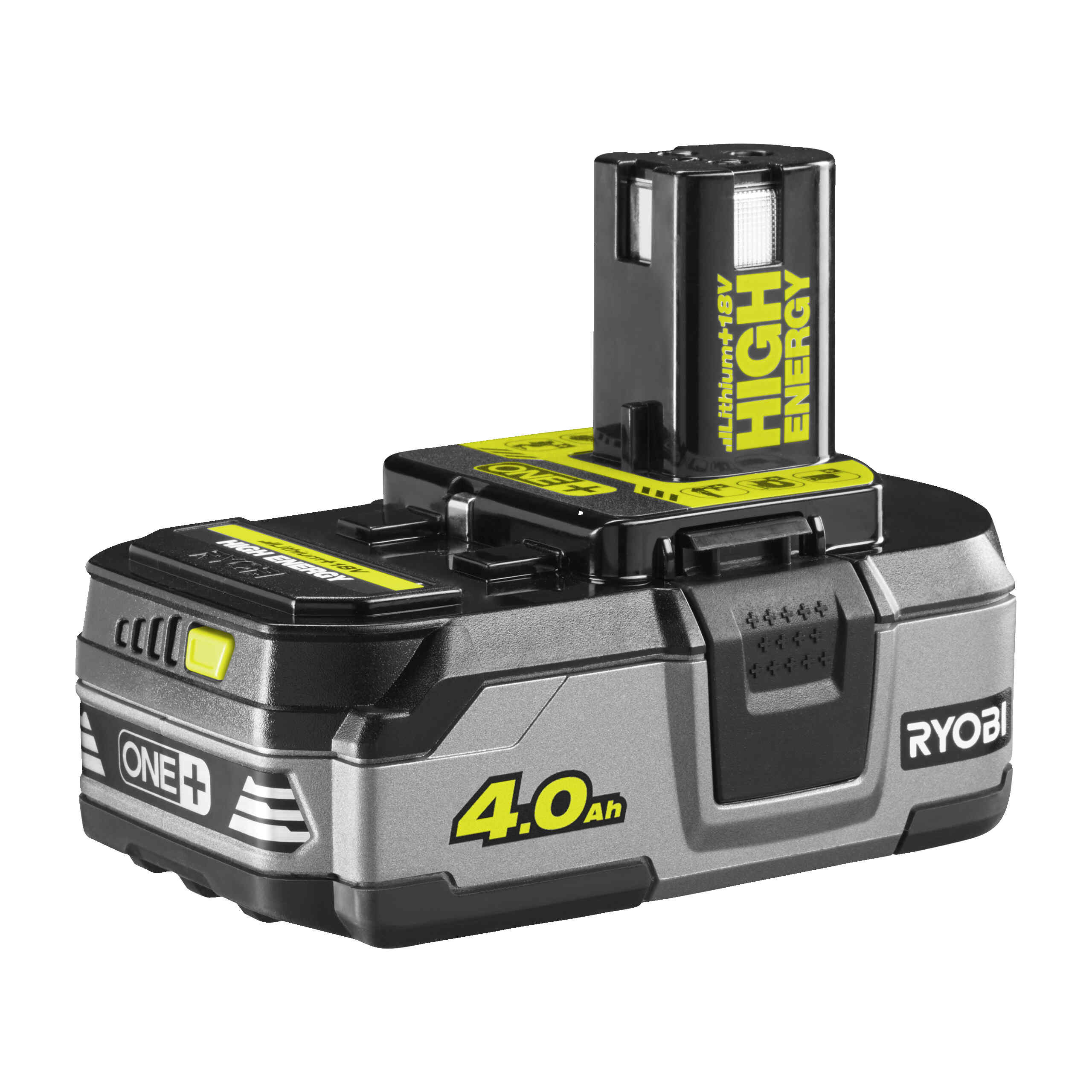
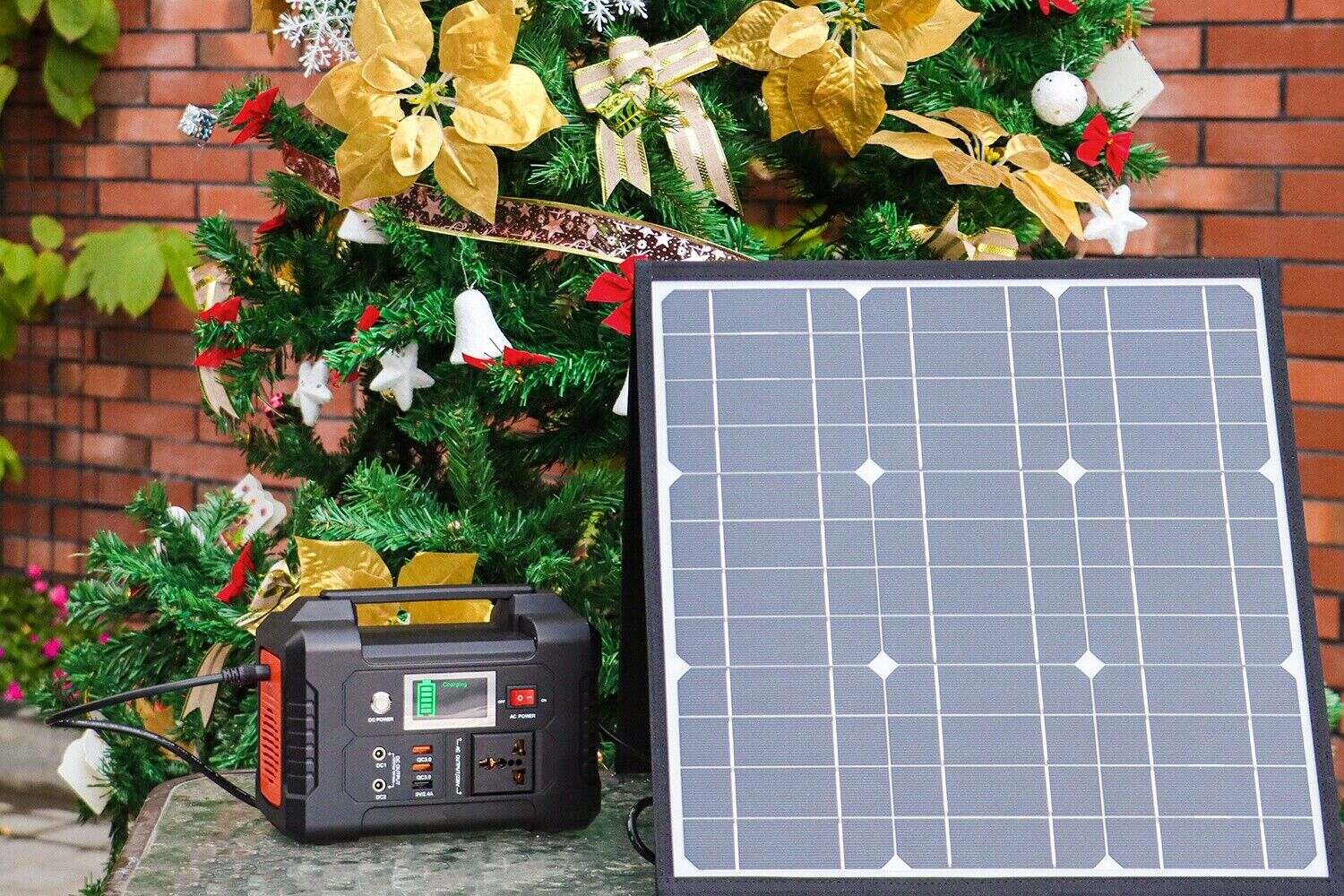
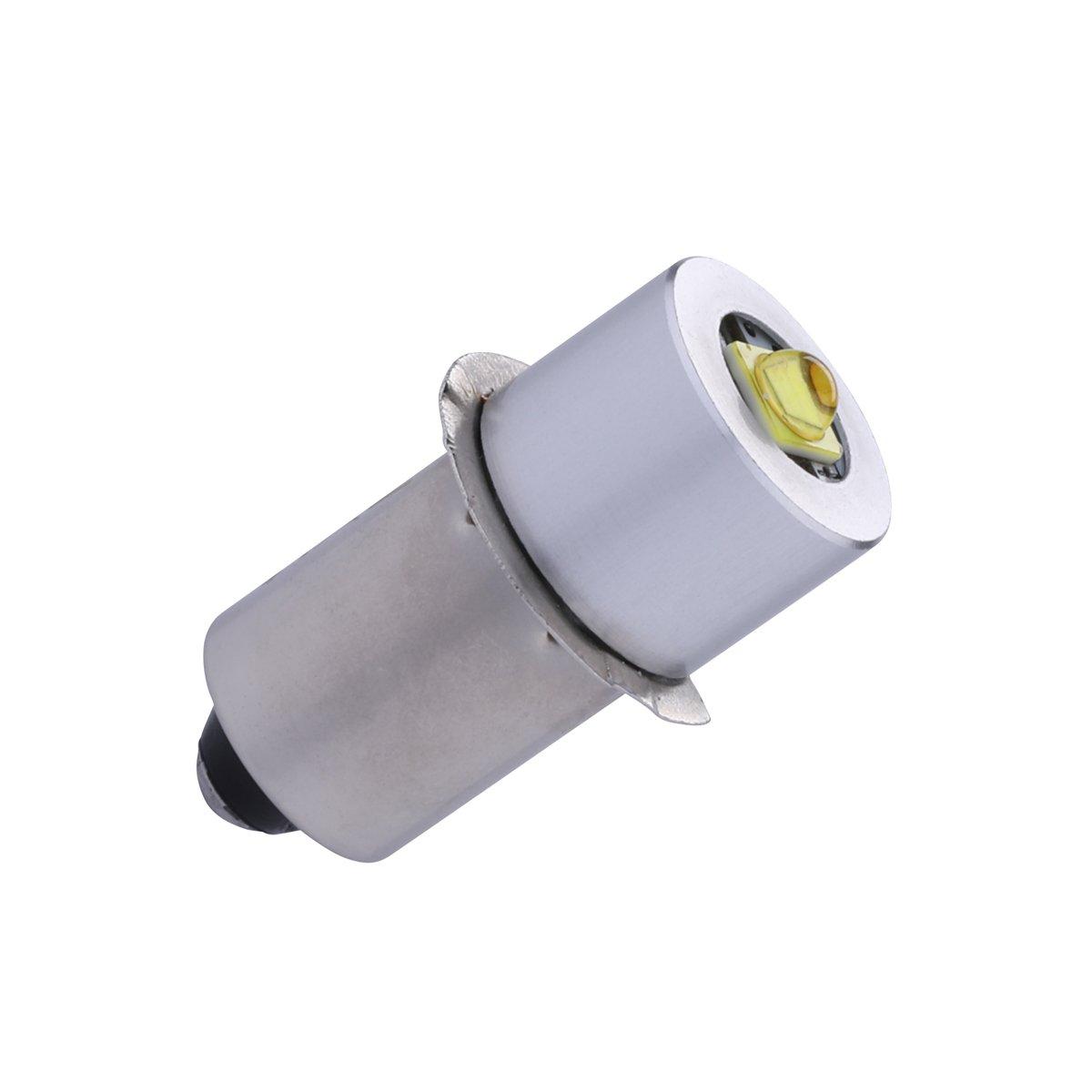
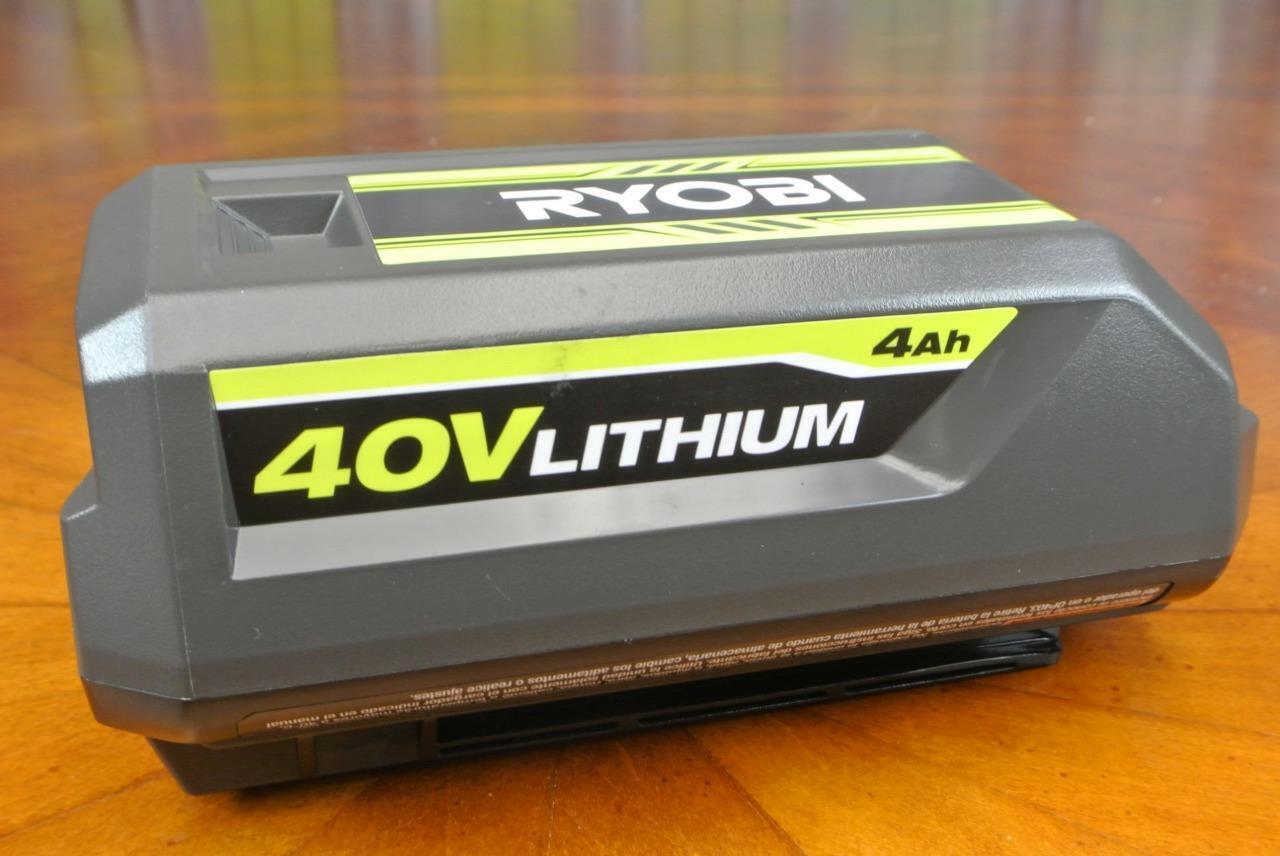
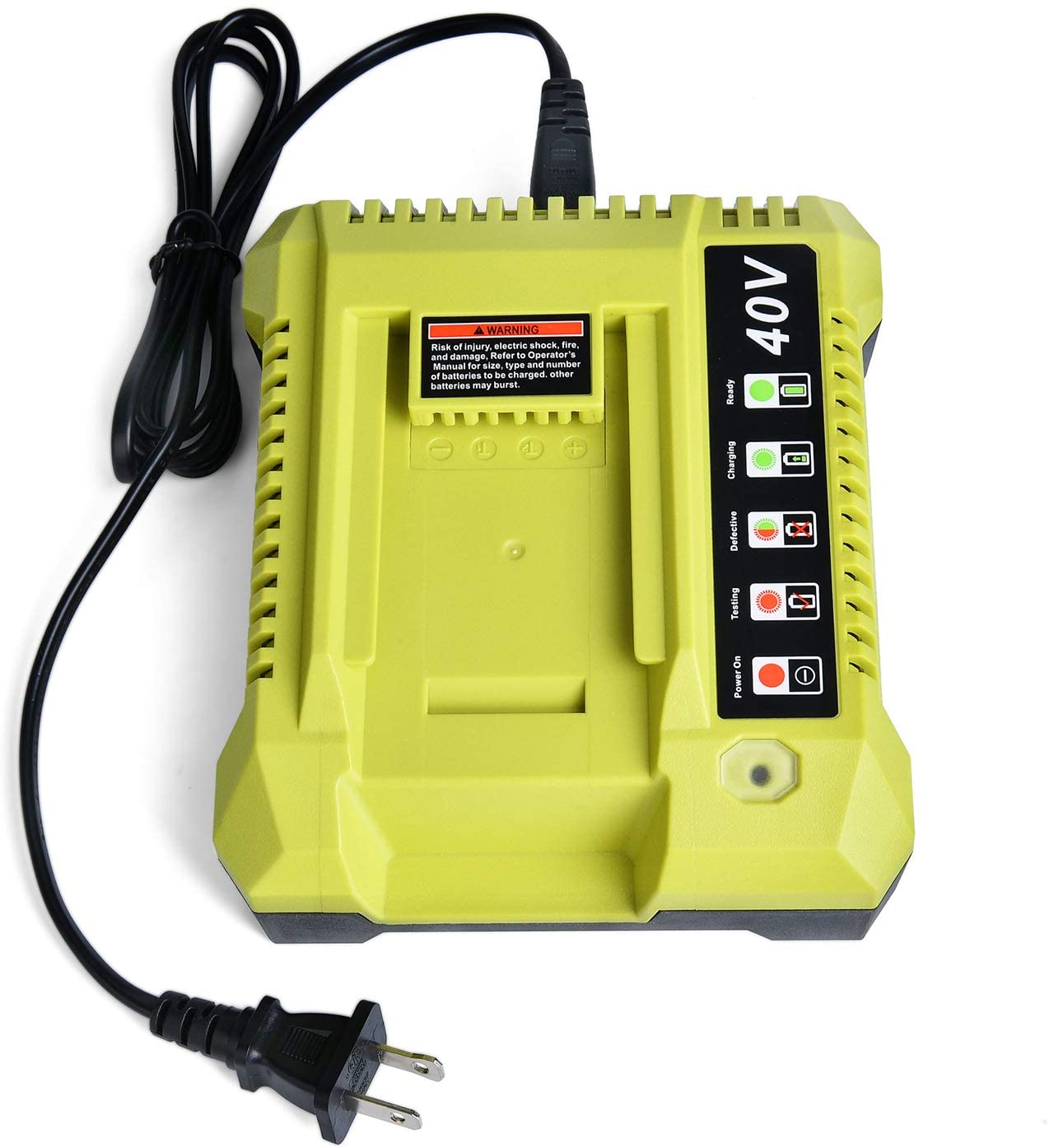
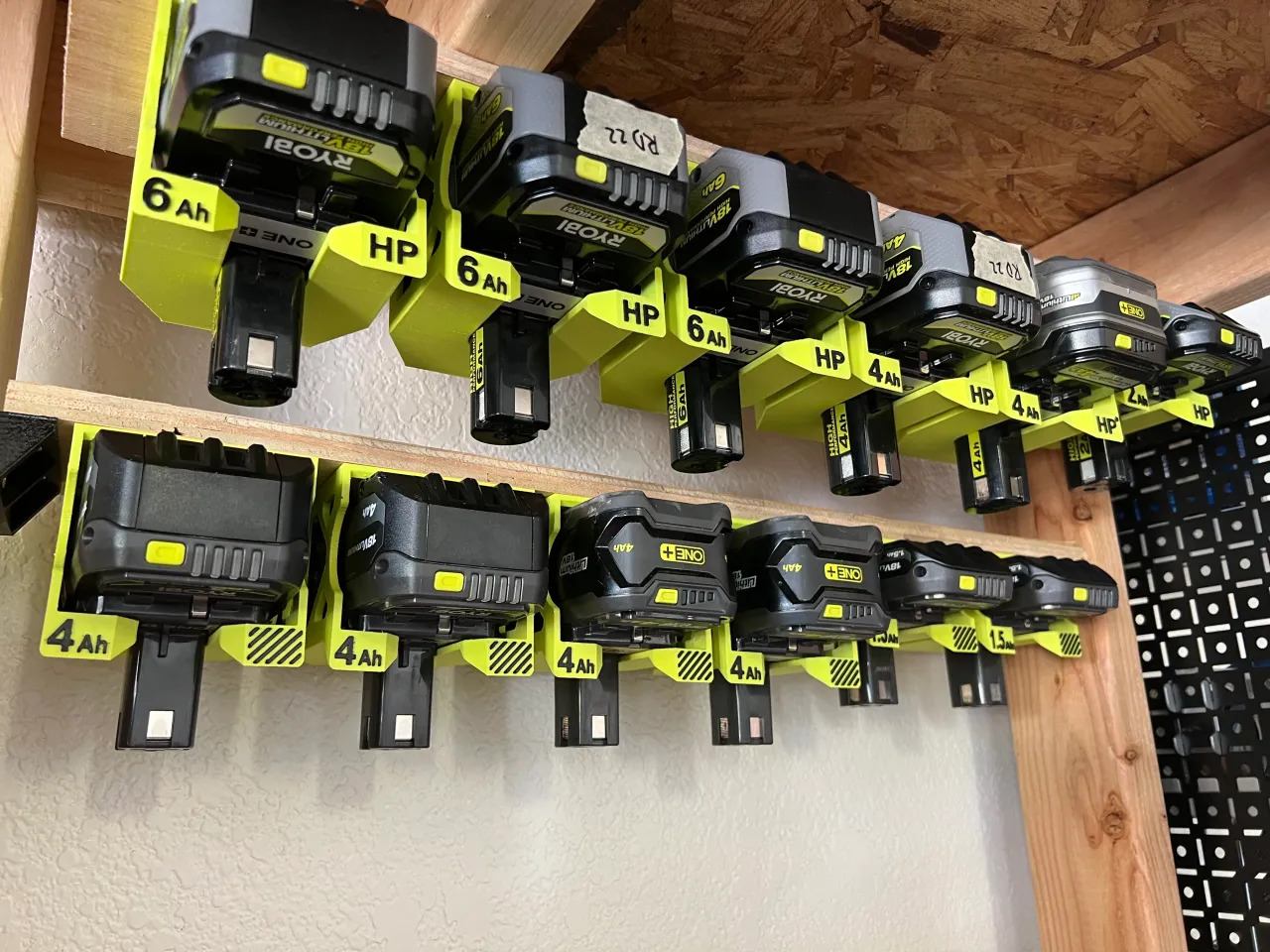
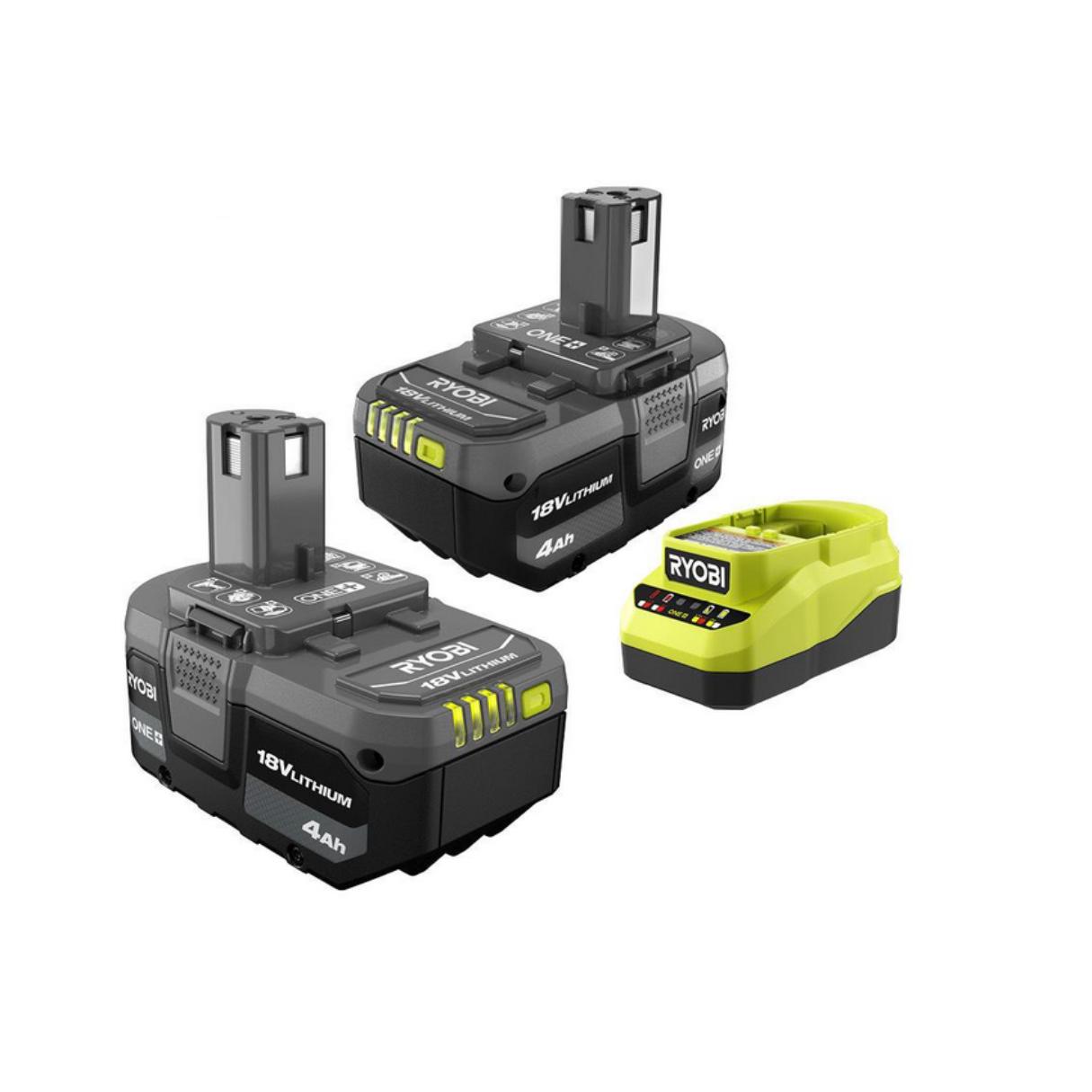
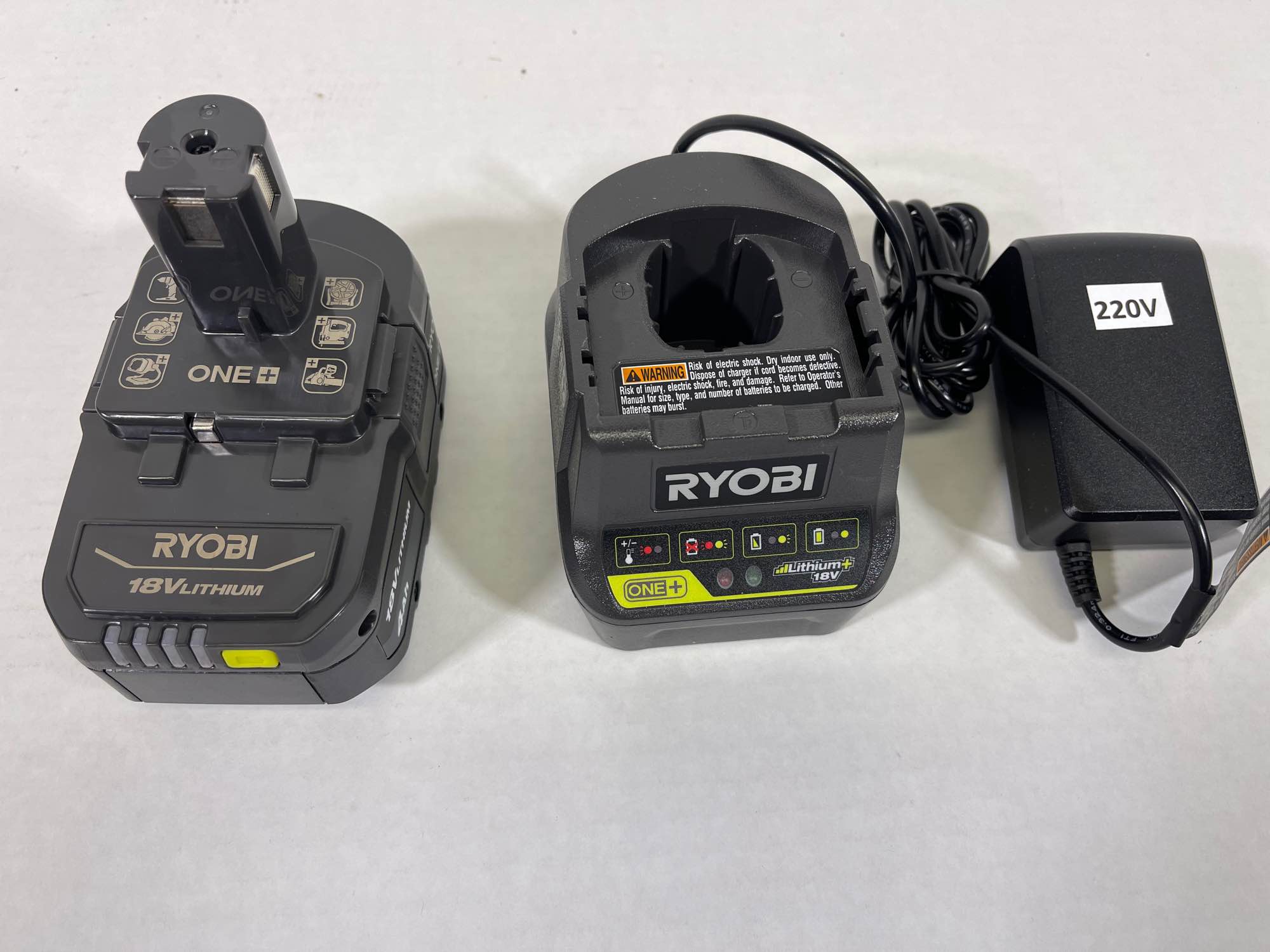
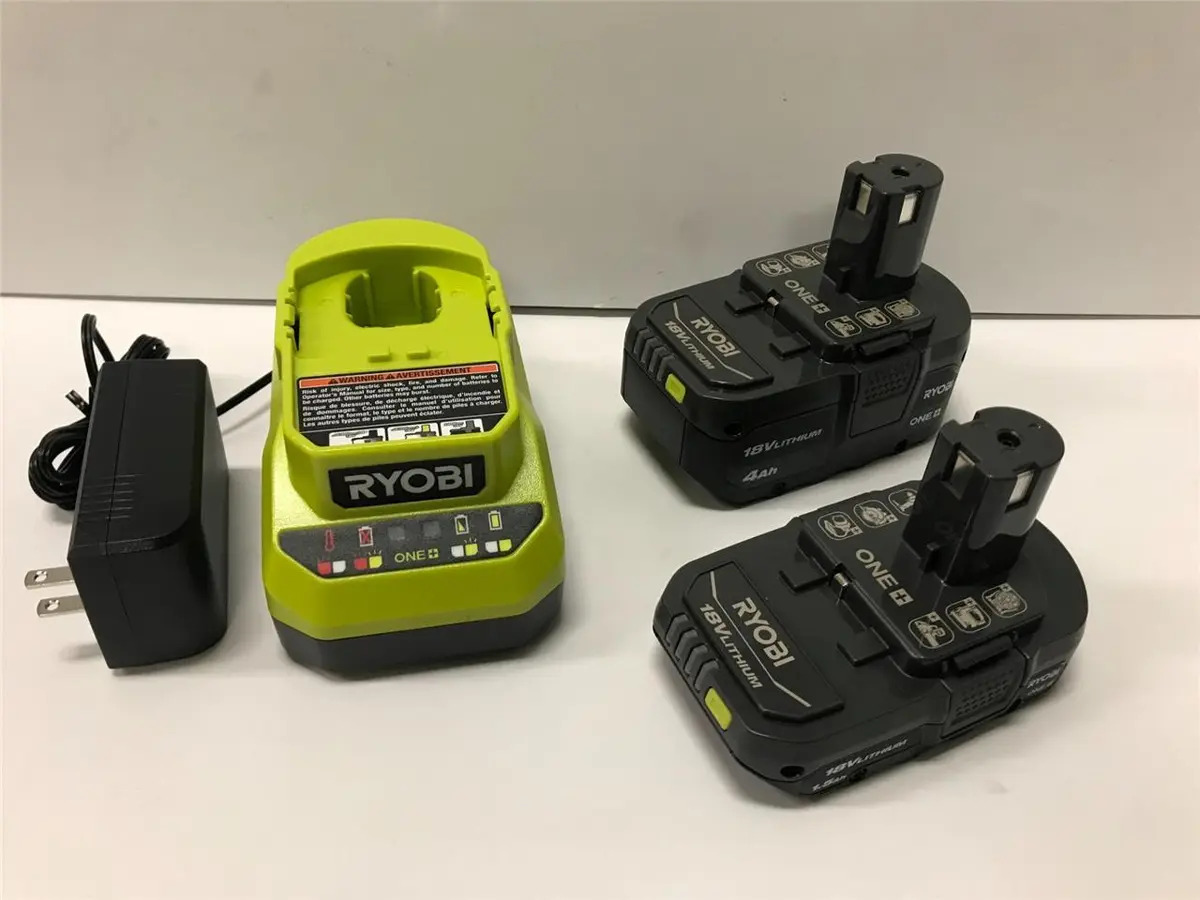
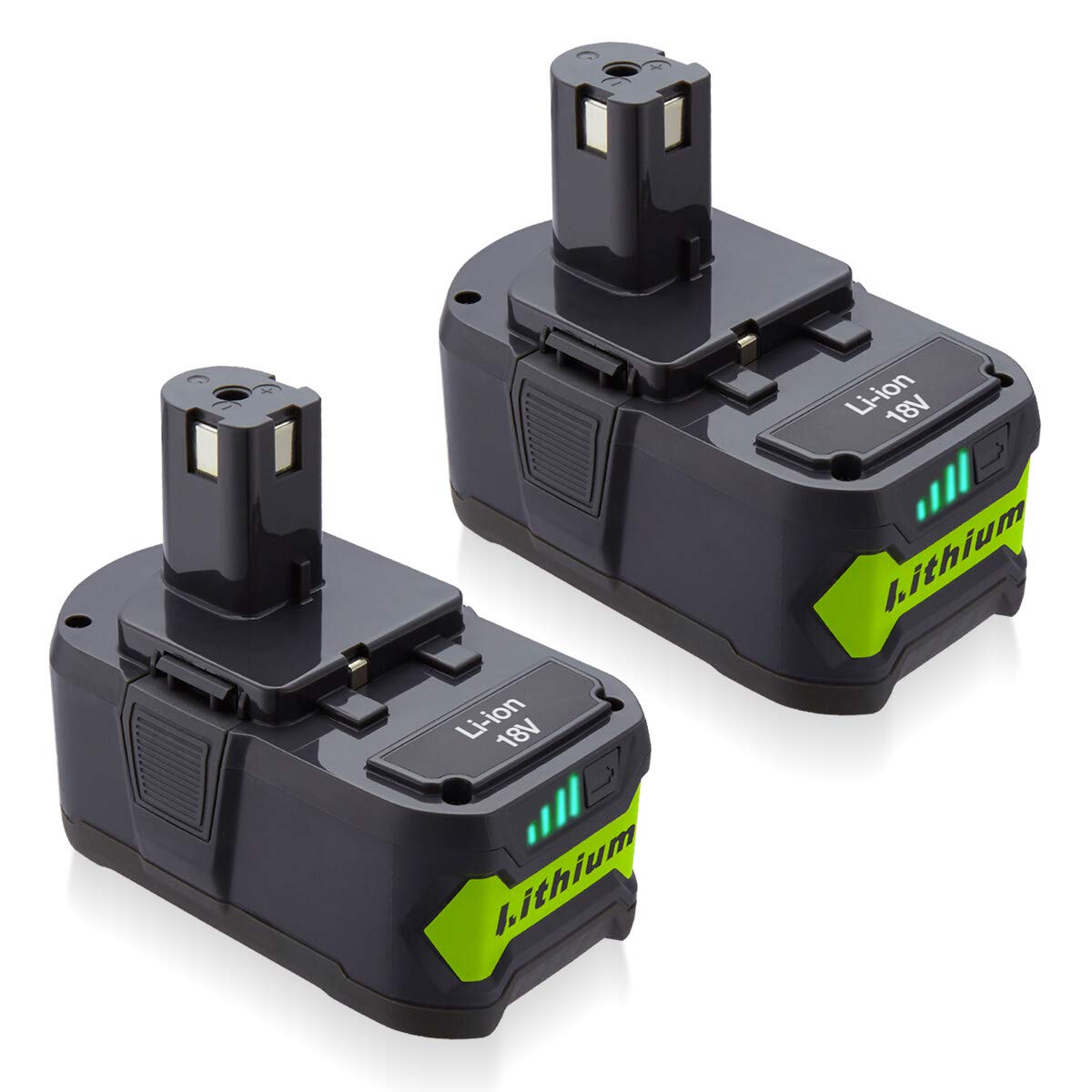
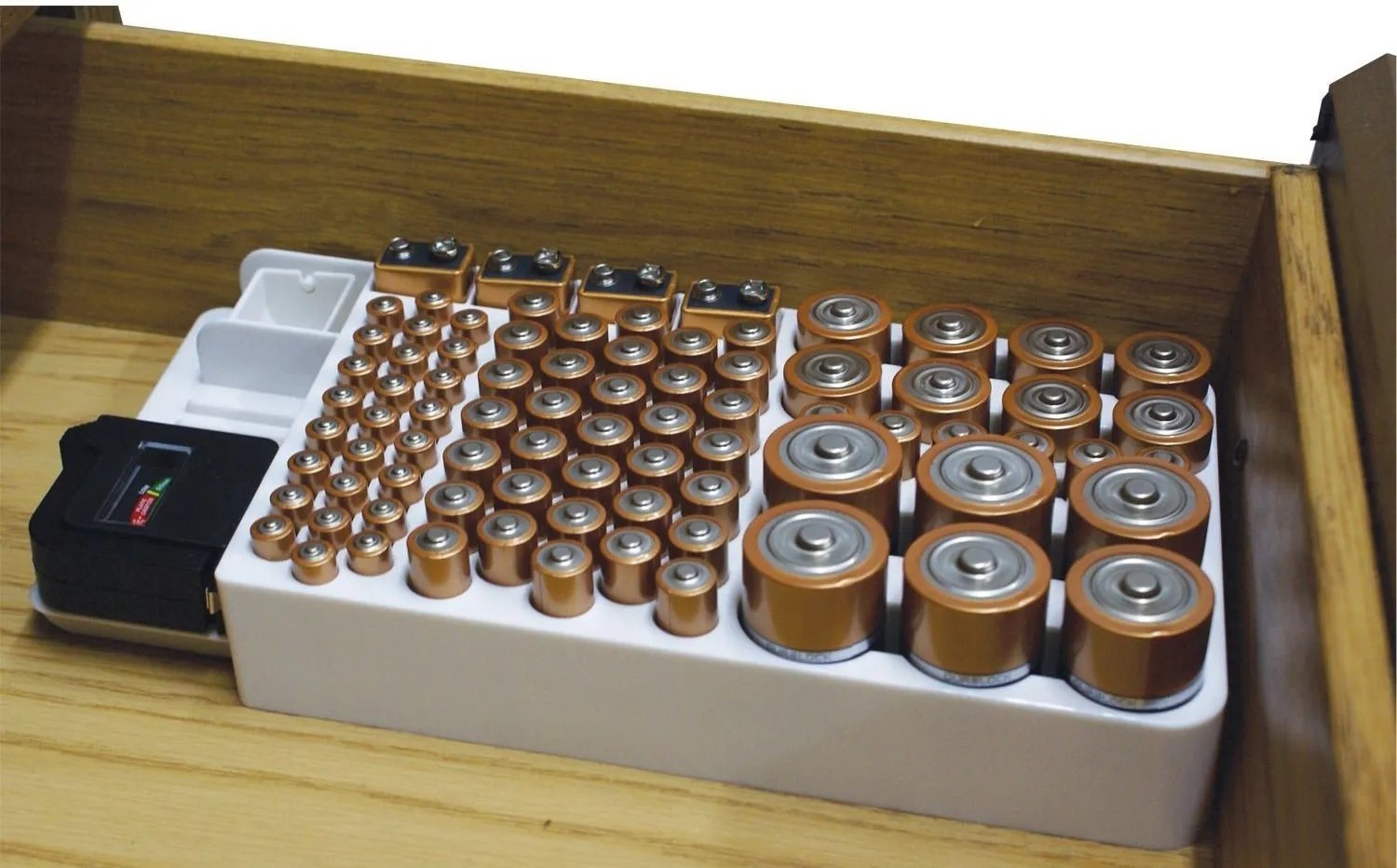
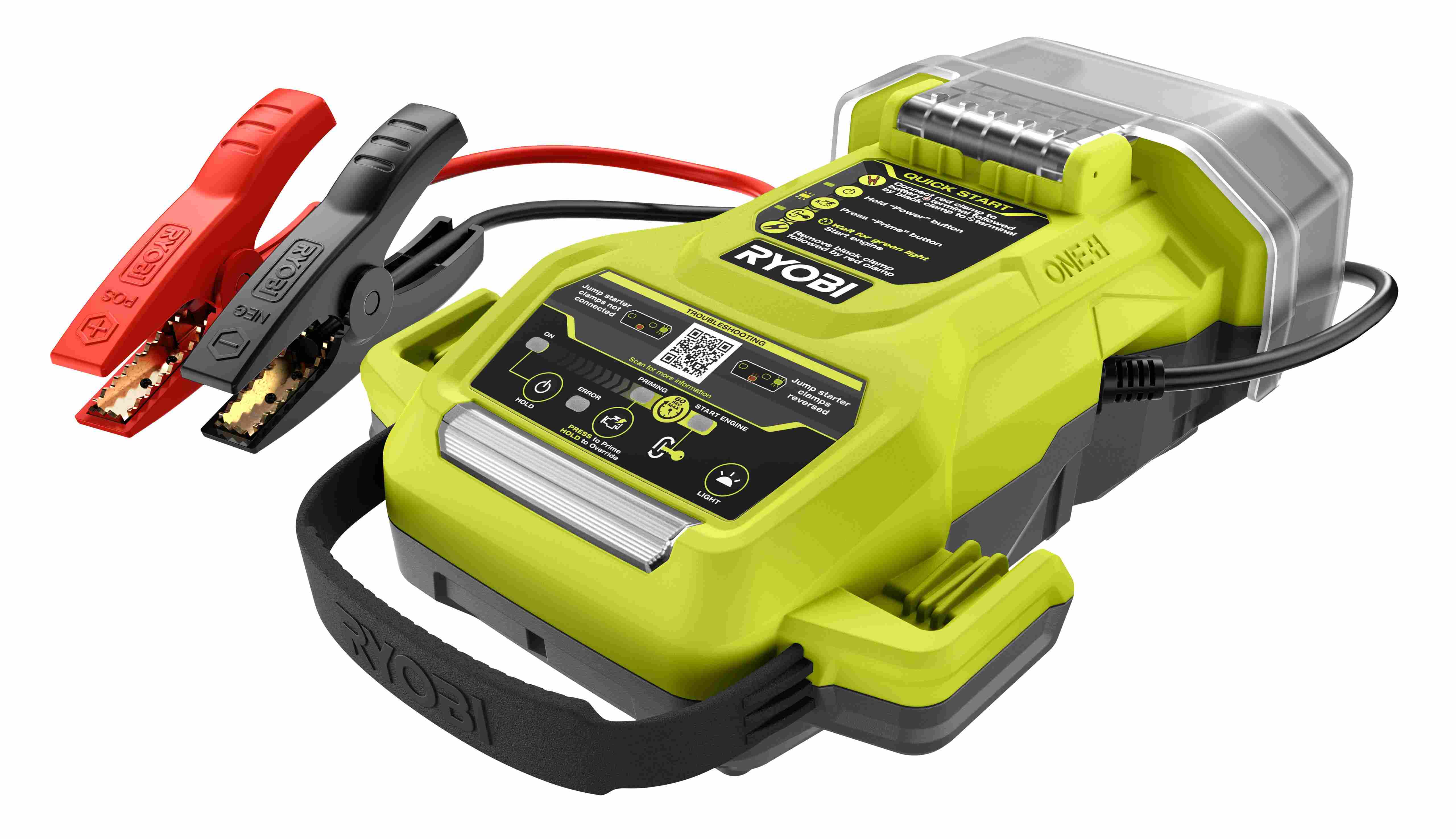
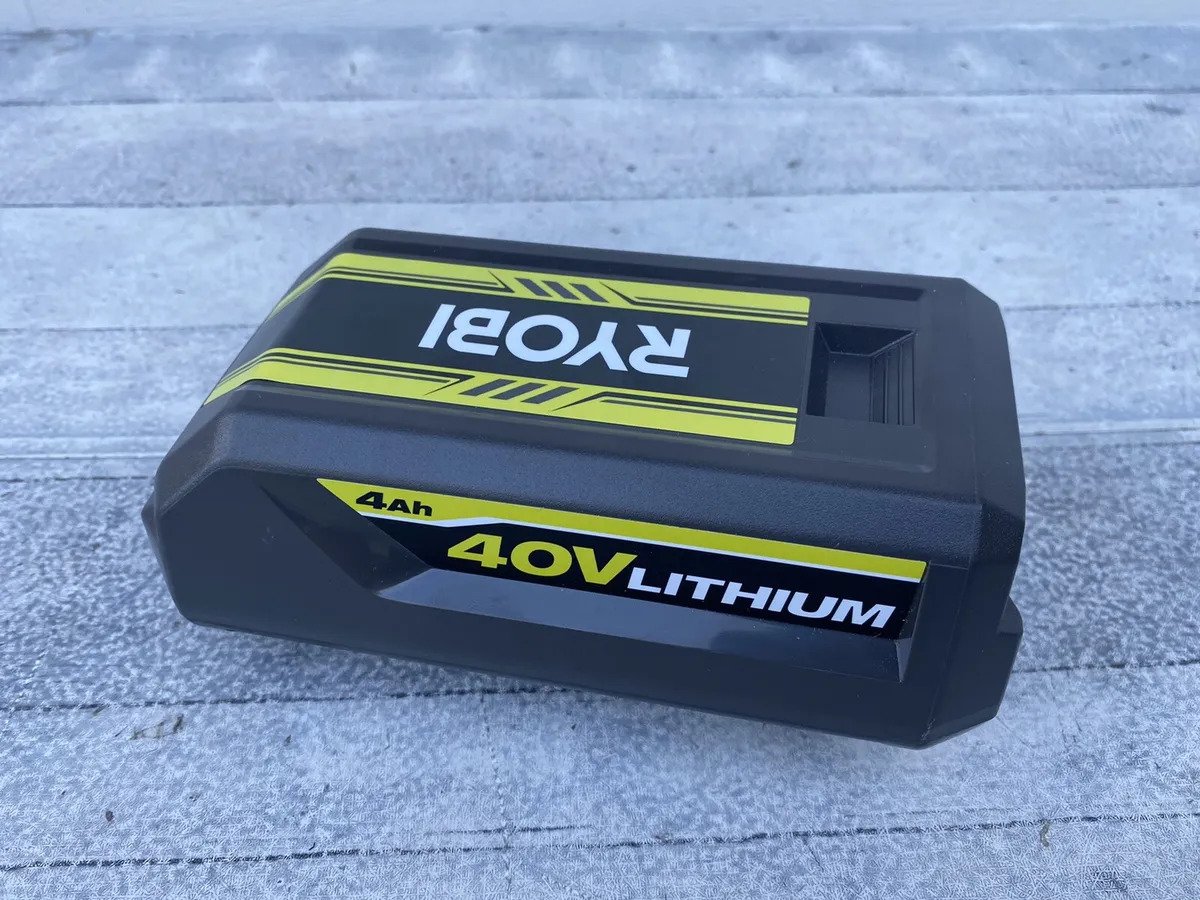

0 thoughts on “How To Fix Ryobi 18V Battery”